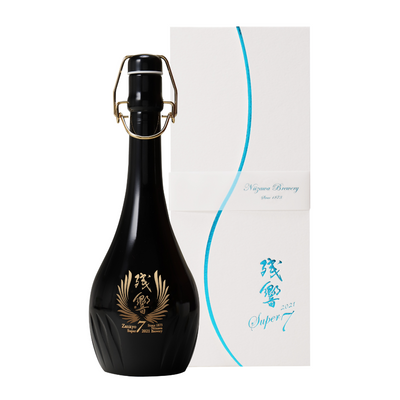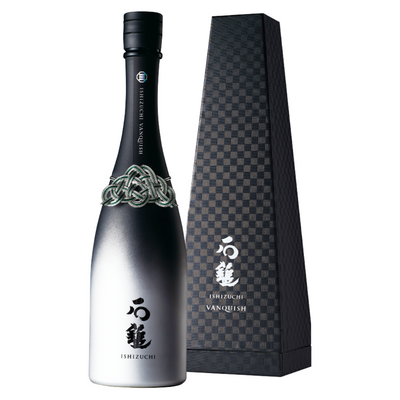Is Sake Wine?

Benjamin Knopp
Co-founder of Kurashu and in charge of spreading the word on sake.
Sake Drinks Similar To Wine
Unlike beer, where advertisements often recommend gulping down icy cold brews fast as the best way to satiate a big thirst, sake should be enjoyed through sipping.
Why Sake is Not a Wine
Wine is created from grapes, with the natural sugars present in the grapes providing the fuel for fermentation. Rice does not contain any sugars, so, you first need to break the rice starches down into sugar. Before any of this can happen though, the rice is polished to remove the outer husk. How much each grain is polished will determine the grade of the final product.Sake breweries use variations in the brewing technique to create unique properties in their sake that differentiate them from other breweries. As a result, you will often hear sake described with phrases any wine enthusiast would be quite familiar with like, aromatic, or smooth bodied with fruity overtones.
So, sake is not wine, but enjoying the drink and appreciating the skill and technique behind each variety's unique flavors, fruity aromas, and umami feel on the palate is what should matter most.
Find out more about how sake is made in our Sake Guide.





Leave a comment